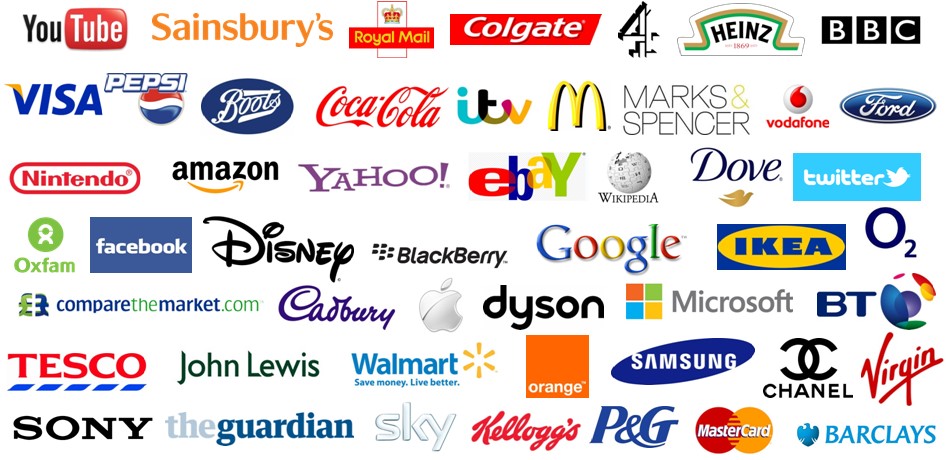
When it comes to launching a business, branding and company names play a critical role in shaping consumer perceptions. A well-chosen company name reflects the brand’s identity, mission, and values, while helping it stand out in a crowded marketplace. The right name can boost recognition, improve customer loyalty, and differentiate the business from competitors. A poorly chosen name, however, can confuse potential customers and dilute the brand’s message, ultimately hindering business growth.
The Importance of a Strong Company Name
When considering branding and company names, remember that it’s often the customer’s first impression of your business. The name should be memorable. A good name conveys the essence of your business, evokes emotions, and leaves a lasting impact. However, a name that’s too generic, complicated, or irrelevant may not resonate with your target audience, making it harder to build traction.
For example, a name like “The Printing Company” lacks creativity and individuality, making it easy to forget. In contrast, “Maui Wowi” stands out due to its rhyme, which brings a sense of fun and energy. Similarly, “Groupon” is a clever portmanteau of “group” and “coupon,” highlighting the brand’s core function while remaining catchy and recognizable.
Examples of Effective Branding
When choosing a company name, there are several strategies that can help create a name that resonates with the target audience. One technique is the use of rhyming names, which are memorable and fun. “Maui Wowi” is a great example of how rhyming can add energy to a brand. Another effective approach is onomatopoeia, where the name mimics a sound related to the business. “Quack” could be a fitting name for a brand associated with animals or children’s products.
Wordplay is another powerful tool for creating an engaging name. “Wok ‘n Roll” not only highlights the food offering (wok) but also adds a playful twist that sticks in people’s minds. Misspellings, like “Tumblr,” add an element of uniqueness to an otherwise common word, making the brand more distinctive. Meanwhile, names based on word associations, such as “AutoWorld” for an automotive company, make it easy for customers to immediately understand what the brand offers.
Another strategy is to create a unique identity that feels personal and distinctive. “The William Glasgow Agency” gives off a sense of professionalism and individuality, which can appeal to certain customer demographics. Portmanteaus, like “Netflix” (internet and flicks), combine two concepts into one word, reinforcing the brand’s core offering in a catchy way.
Examples of Poor Branding
Just as important as understanding good branding is knowing what to avoid. Names that lack individuality, such as “The Printing Company,” fail to differentiate the business and often get lost among competitors. A name that is too complicated, like “BCBGMAXAZRIA,” can be difficult for customers to remember or pronounce, reducing its effectiveness. Even brands with a great product can struggle if customers can’t easily recall the name.
Names that are hard to pronounce, such as “Hermes,” can also alienate potential customers who may feel unsure about how to refer to the brand. Similarly, irrelevant names that don’t align with the brand’s core offering can confuse consumers. For example, “Farmers Insurance” may not immediately convey the company’s broad insurance services, leading to misunderstandings.
Generic names, like “Telecom,” lack creativity and do little to distinguish the brand in a competitive market. Worst of all, some names can inadvertently be offensive or inappropriate. For instance, a name like “Camel Towing” may use a play on words, but it risks alienating customers due to its suggestive nature.
The Role of Color in Branding
In addition to the name itself, the psychology of colors plays a significant role in how brands are perceived. Colors can evoke emotions and influence consumer behavior, making them an essential component of effective branding.
Red is often associated with passion, boldness, and energy, which is why brands in industries such as food and entertainment frequently use it. Orange conveys aggression and excitement, making it a popular choice for brands that want to energize and inspire action. Yellow is linked with optimism and energy, creating a sense of warmth and friendliness that works well for brands aiming to appear approachable.
Green is associated with peace, relaxation, and nature, making it ideal for eco-friendly or health-conscious brands. Blue evokes feelings of security and trust, which is why financial institutions and technology companies often incorporate it into their branding. Finally, brands associate purple with creativity, luxury, and royalty, making it a popular choice for those wanting to appear innovative or upscale.
How to Choose the Right Name for Your Brand
When thinking of branding and company names for your business, it’s essential to consider several factors to ensure long-term success. First, ensure the name is easy to pronounce and remember. Consumers are more likely to recall a simple name and spread it through word-of-mouth. Additionally, consider how the name will appear in logos and marketing materials. It should look visually appealing and work across various formats, from social media profiles to business cards.
It’s also important to research whether the name is available legally and online. Conduct a thorough search to verify that no other company has already trademarked the name, then secure the domain and social media handles to ensure consistency across platforms.
Lastly, think about how the name aligns with your brand’s values and identity. A name should reflect what your company stands for, while also resonating with your target audience. It should evoke the right emotions and create a sense of connection between your brand and customers.
Conclusion
Branding and company names are fundamental elements of a successful business strategy. The right name can help differentiate a brand, create a strong emotional connection, and enhance visibility in the market. Whether through rhymes, wordplay, or onomatopoeia, a unique and creative name can elevate a brand’s identity. On the other hand, generic, complicated, or irrelevant names can weaken the brand’s message and confuse customers.
As you develop your brand, remember that the psychology of colors plays a significant role in how consumers perceive your business. Choosing the right color palette and name can help ensure that your brand is memorable, engaging, and relevant in today’s competitive landscape.

